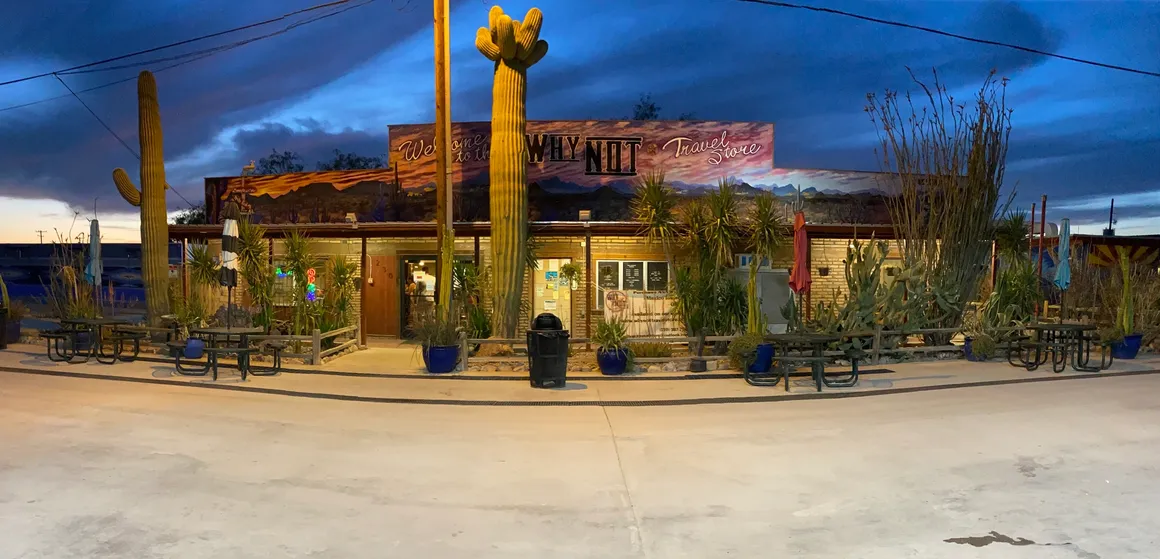In July of 1519 CE, the Conquistador Hernan Cortez communicated, through his translators, with Montezuma, telling him that they were friends and there was nothing to fear. Cortez also promised Montezuma he would be the lord over all the cities, under the King of Spain, that Cortez would conquer.
After Cortez entered the city of Tenochtitlan, Montezuma did everything Cortez wanted for 6 months, even though the Emperor had a hundred thousand warriors ready to attack at his command. It had been decided not to force baptism on the Aztecs, aka the Mexica, as they didn’t understand the language spoken by the Spaniards. Instead, the Mexica were allowed to co-exist with their religion and Christianity, as long as there were no human sacrifices. However, Cortez did destroy their idols.
Montezuma gave Cortez and his men all the gold artifacts that he possessed; hoping that when Cortez had enough gold he would leave. Cortez’s men were exceedingly greedy; they destroyed many beautiful works of art, removing the gem stones and melting down the gold. It was as though Montezuma had given up, knowing he could not defeat the conquistadors. Perhaps, he thought peace would be a better alternative to the death and bloodshed that would ensue if he tried to resist; he only wept.
After 6 months Cortez had other business to attend to; leaving Tenochtitlan, he put Pedro de Alvarado, one of his Lieutenants, in charge.
Once a year, the feast day honoring the most exalted god of the Aztec, Huitzilopochtli, occurred when Cortez was absent. Lieutenant Alvarado gave his permission to the Mexica priests, allowing them to honor the most sacred of all their gods, as long as there were no human sacrifices. At that time, Montezuma was being held in house arrest in the palace of Axayacatl, located next to the Main Temple, where Cortez’s men were also living. The ceremonial day of Huitzilopochtli, meant a great celebration at the Main Temple next to the palace. A huge festival was prepared, including food, drink and dancing. The Aztecs believed that their dancing skills would impress the foreigners. The feasting and dancing were accompanied by drumming; as the festivities progressed so did the enthusiasm of the Aztecs. The drumming and dancing of the Mexica priests became more and more frantic; including howling and even urinating. The Spanish Lieutenant in charge became fearful that Aztecs were preparing to attack and kill his soldiers. He ordered the temple to be sealed off; he ordered his men to kill as many priests and people as possible.
Alvarado’s men began, literally, hacking the natives to death, decapitating them; there were entrails dragging on the ground, and the drummer’s hands were chopped off. The soldiers attacked anyone they saw, indiscriminately, barbarically chasing people into their homes. The people were screaming. Most of them did not know what had happened or why. Alvarado was terrified; he had Montezuma chained like an animal. The attack, seemingly unprovoked, at their religious ceremony was deplorable. The blood-lust attack left pools of blood and body parts all over the temple and neighboring streets and homes. As word spread through the community the Mexica’s officers called forth their warriors and attacked the soldiers. Alvarado subdued the warriors with cross bows and gun fire. Several thousand Mexica died in the attacks.
When Cortez returned to Tenochtitlan, he was outraged. He wanted to court-martial and hang Alvarado on the spot, but didn’t, knowing that most of his men were incompetent. Cortez asked Montezuma to restore peace; Montezuma wanted nothing but to die. The lord of Tlatelolco spoke on behalf of Montezuma, but the people refused him, saying that they were not Montezuma’s slaves anymore. The Mexica attacked and Montezuma was struck and killed during the battle. It is said the Spanish soldiers surrounded Montezuma, trying to protect him; he may have been killed by his own people. The fighting continued for several days, but Cortez was victorious due to the power of his guns and cannons.


























